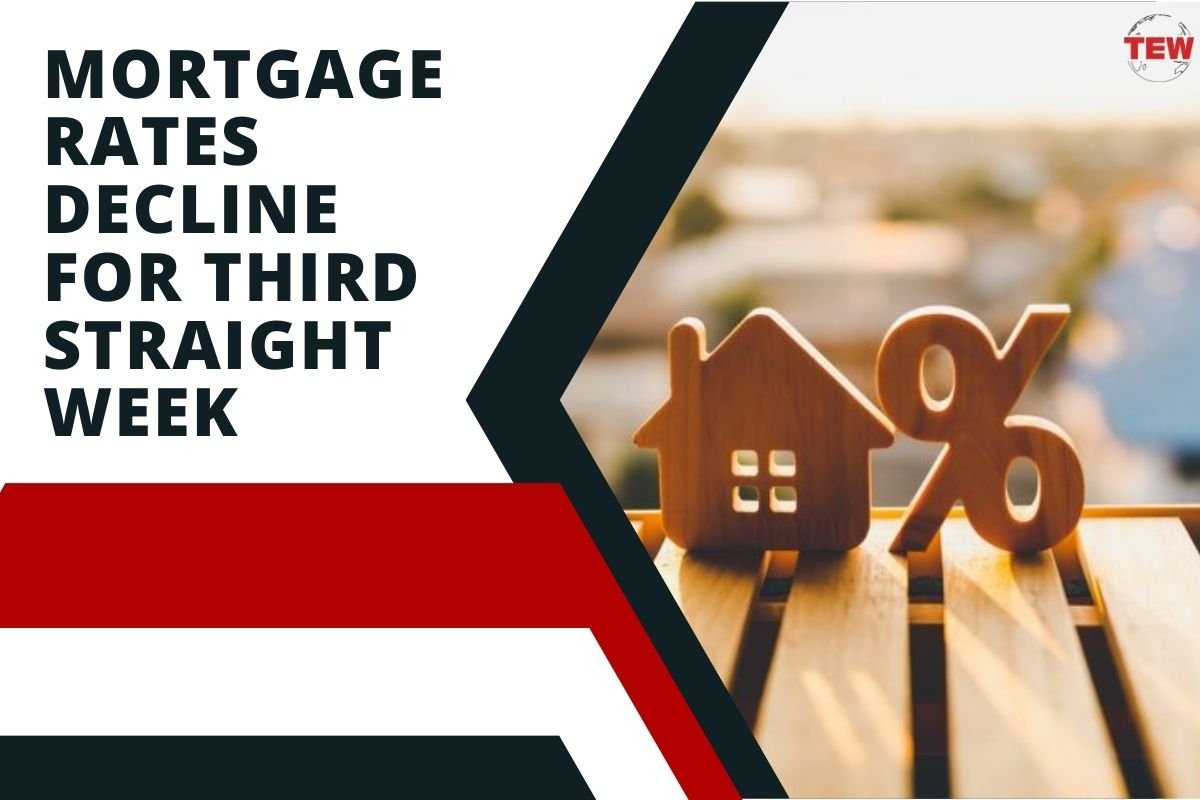(Source – RISMedia)
Mortgage rates have declined for the third consecutive week, providing some relief for Americans navigating a challenging housing market. According to Freddie Mac data released on Thursday, the average rate for a standard 30-year fixed-rate mortgage dropped to 6.94% for the week ending May 23, down from last week’s 7.02%. This marks the lowest level since early April and dips below the critical 7% threshold.
After a period of stability in March, mortgage rates began to rise again in late April as economic data indicated that inflation’s cooling had stalled earlier in the year. Mortgage rates typically follow the benchmark 10-year US Treasury yield, which reacts to the Federal Reserve’s decisions on interest rates.
Persistent inflation this year has quashed hopes for the Fed to cut interest rates this spring or summer. However, there is some optimism: the Consumer Price Index for April, released last week, showed that inflation did not increase. Consequently, bond yields have mostly declined this month.
“Spring homebuyers received an unexpected windfall this week, as mortgage rates fell below the seven percent threshold for the first time in over a month,” stated Sam Khater, Freddie Mac’s chief economist, in a release.
Some Federal Reserve officials suggested earlier this week that they likely won’t raise interest rates again and some even anticipate rate cuts this year. This sentiment is promising for potentially lower mortgage rates in the future.
Stagnant Housing Market Despite Lower Rates
Despite the drop in mortgage rates, the housing market’s recovery remains sluggish. The National Association of Realtors (NAR) reported on Wednesday that sales of previously owned homes, which constitute the bulk of the housing market, fell in April for the second consecutive month. This decline contrasts sharply with the beginning of the year when sales surged.
One of the key issues plaguing the housing market is the persistent under-supply of homes, which is failing to keep pace with demand. This issue is exacerbated by homeowners holding onto their properties to maintain the low mortgage rates they secured before the Federal Reserve began raising rates in 2022. Consequently, many homeowners are opting not to sell, thus limiting the available housing stock.
The housing shortage is not going away
Residential construction has not been able to alleviate the pressure sufficiently to improve affordability. Although housing starts rebounded in April to a seasonally adjusted annual rate of 1.36 million units, following a sharp decline in the previous month, this pace is still insufficient to significantly ease the market. “The country needs around 1.6 million or higher for a few years to truly bring about a balance in the housing sector,” stated Lawrence Yun, NAR’s chief economist.
Despite these challenges, there have been some positive developments. NAR reported an improvement in housing supply for the fourth consecutive month in April. Total housing inventory at the end of April was 1.21 million units, up 9% from the previous month and 16.3% from a year earlier. However, Yun emphasized that inventory remains tight.
As the housing market continues to grapple with high mortgage rates and limited supply, the recent decline in mortgage rates offers a glimmer of hope for prospective homebuyers. Yet, significant challenges remain, requiring ongoing efforts to increase housing availability and affordability.






